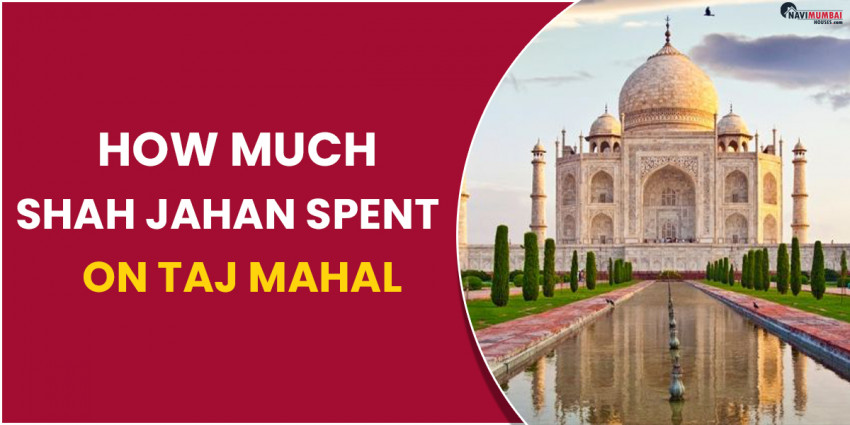
Although the Taj Mahal is indescribably expensive, it would be interesting to know how much money it would cost to build it now. According to author Jadunath Sarkar's book "Studies in Mughal India," the Taj Mahal was finished in January 1643 and cost about 42 million rupees. According to some estimation, the Taj Mahal may have cost Rs 9.17 crores at the time. According to unofficial estimates, Shah Jahan may have spent close to Rs 70 billion, or over USD $1 billion in modern dollars, to build the Taj Mahal for his wife Mumtaz. There won't be another Taj Mahal in the twenty-first century or even the one after that.
Taj Mahal's price
The Taj Mahal cost about 42 million rupees. These charges were calculated using a list of artisans. Once lost, these lists made a comeback and were Persian in origin. There is a group of about 40 artists, each with a history and a monthly salary for carrying out a specific task. Muhammad Handif, the person in charge of overseeing construction or the Mir Imarat, was in charge of keeping track of the financial papers.
The Taj Mahal was divided into multiple parts during the construction operations. Element by element estimates were made for the total cost. For contrast, the Taj Mahal's marble base and four minarets cost 5177 674 rupees, 7 annas, the two major burials cost 5,345,361 rupees, and the marble railing around the monument cost 468,855 rupees, 2 annas.
The Imperial Royal Treasury and the Government of Agra Province both provided funding for the Taj Mahal's construction (subah Akbarabad). The people in charge of finances kept track of the accounts. The cost of the stones and the wages paid to the laborers were the main sources of costs associated with building the Taj Mahal. It's possible that the Taj Mahal's construction cost was equal to about 466.55 kg of royal gold.
Taj Mahal Repair Expenses
Waqfs, which are religious or humanitarian foundations created through endowed trust funds, were promoted by Shah Jahan. A third of the 300,000 rupees that the waqf provided came from 30 villages in the Agra district. The remaining sum came from taxes collected on the sales made in bazaars, markets, and long-gone roadside inns. The surplus would be distributed by the Emperor. The waqf would also handle normal maintenance and pay for the costs associated with the cemetery agents and the Hafiz.
The Measuring Units
Tola was the weight measurement unit in former times. It is 11.33 grammes in weight. The price of a gold tola during the 16th century Taj Mahal construction was Rs 15. Along with the Rupee, there was also the Anna, the Pais, and the Pie, each of which had a value of four Anna and four Pais, respectively, in older times. The estimated rupee cost of building the Taj Mahal was 41,848,426 Rupees, 7 Annas.
Taj Mahal's Annual Revenue
2019 sources claimed that the Taj Mahal made Rs 200 crores from ticket sales during the previous three years. There was no decline in attendance despite an increase in ticket costs. 2 crore domestic and foreign tourists visited the Taj over the course of three years. The Taj's preservation cost the government Rs 13.3 crores at the same time.
Source from: navimumbaihouses





